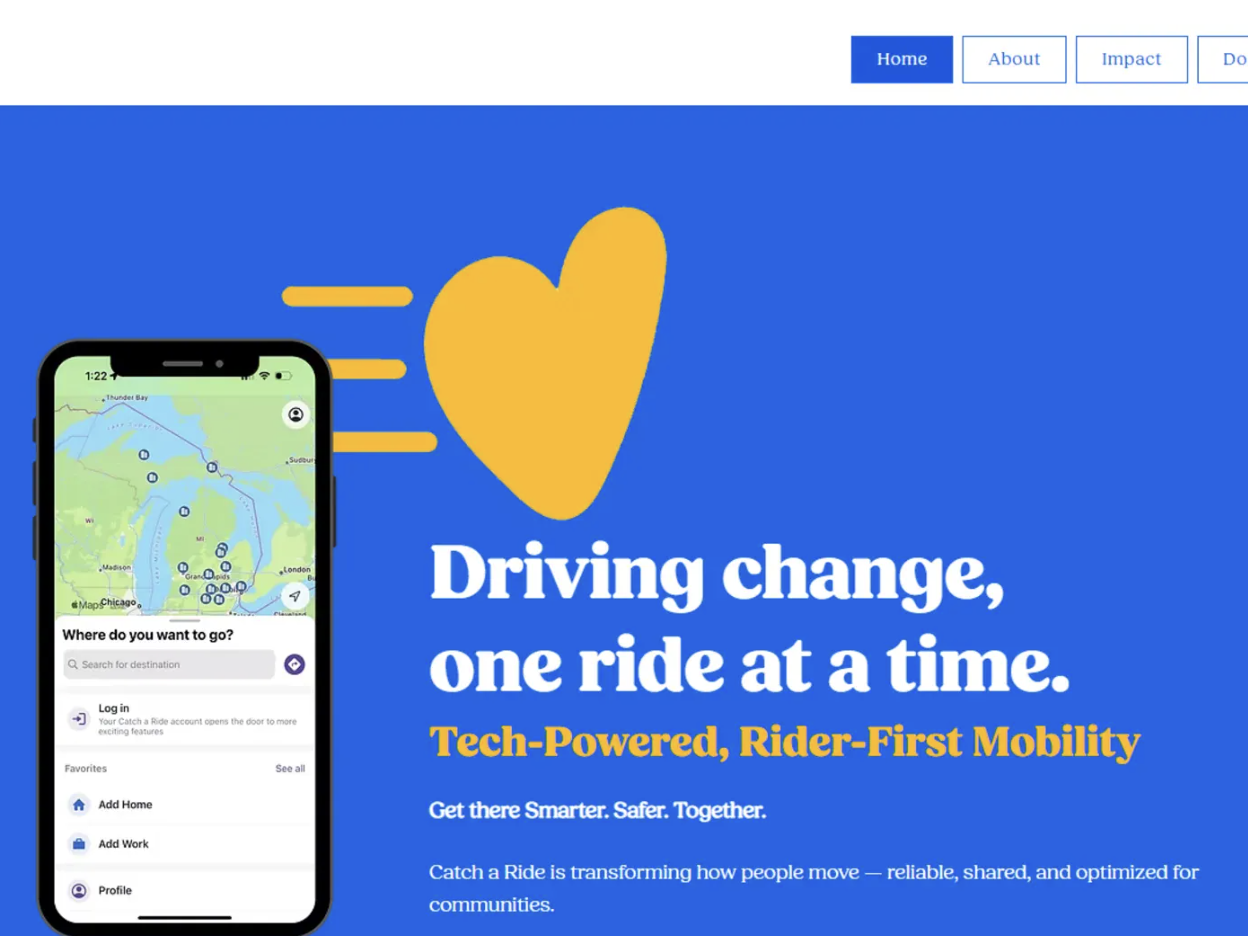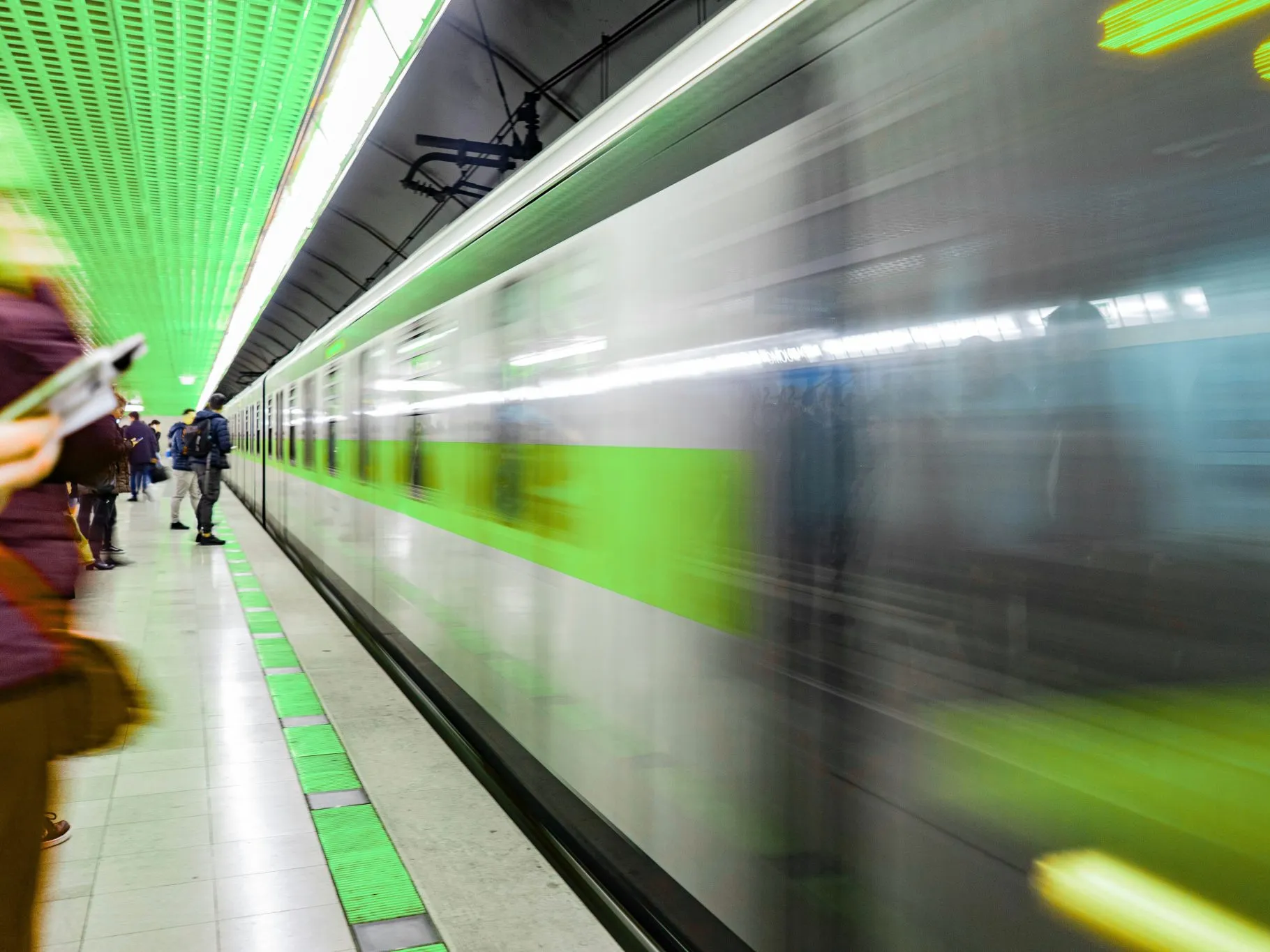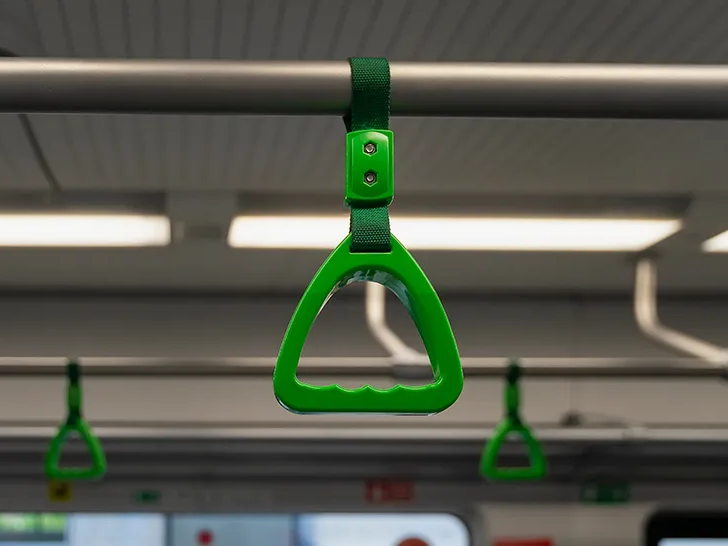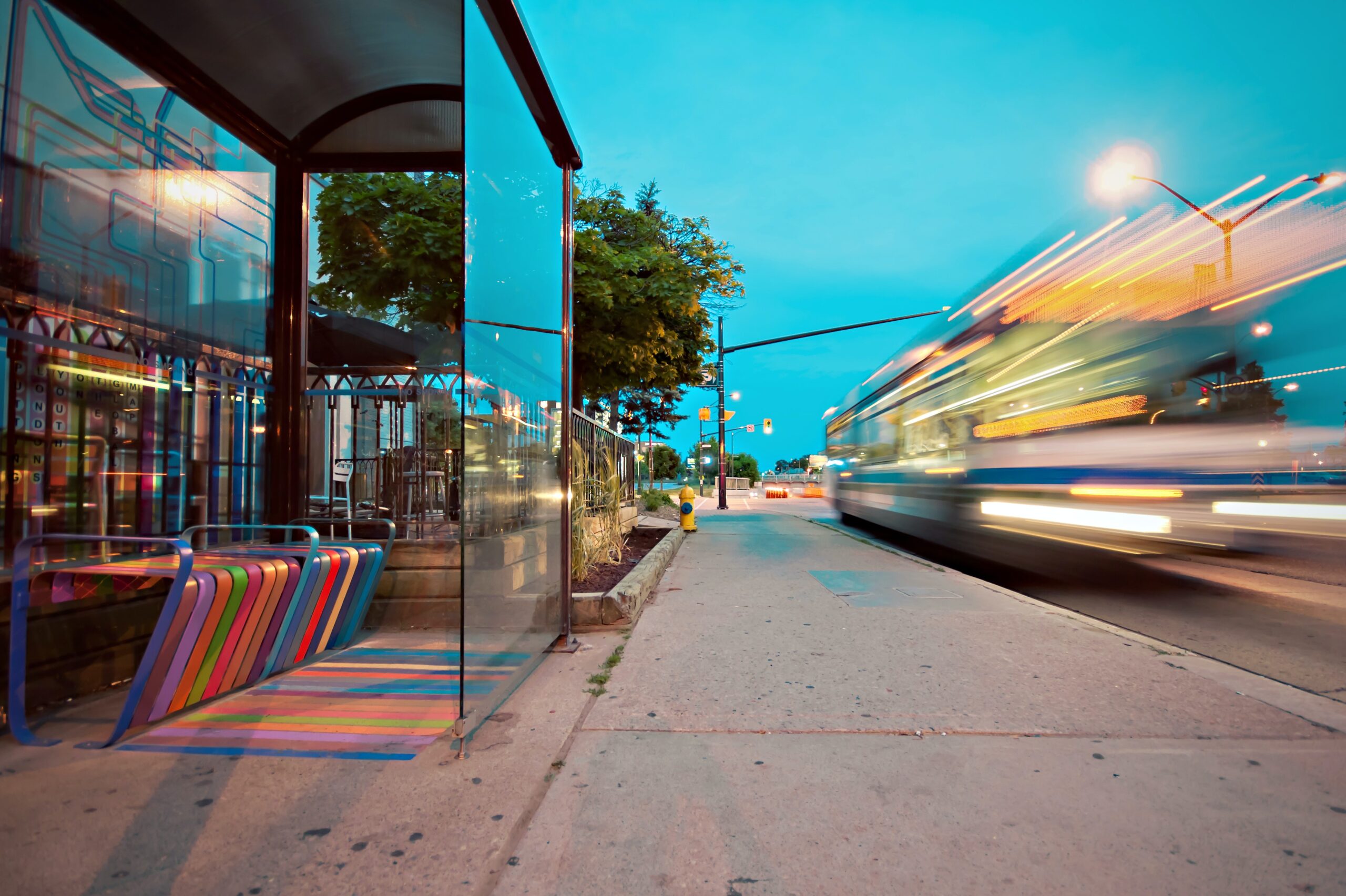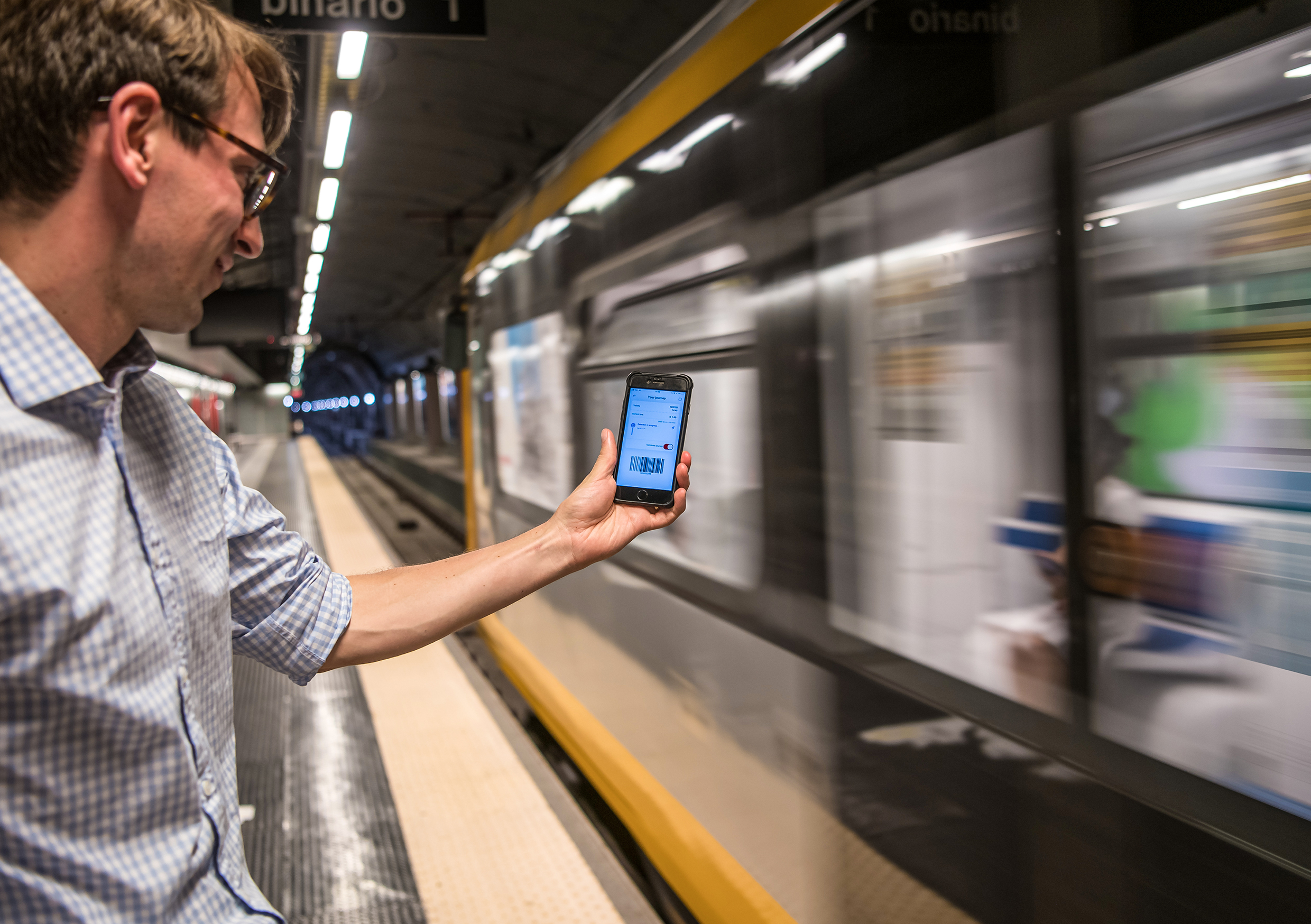Why MaaS Is the Future of Transport
The global crisis has impacted both economic and social wellbeing. Rising inflation, interest rates and energy prices have all taken their toll on businesses and consumers. Research by Statistica shows that nearly 40 per cent of US consumers and 37 per cent of Australian consumers plan to cut their spend on domestic travel due to inflation. The UK CPI inflation rate for transport services alone stands at 14.8 per cent (July 2022), with high inflation reflected elsewhere across the globe too.
It’s in times like these that we need to reevaluate how we move around. Working from home or living in areas with good amenities and transport networks are options, but they don’t work for everyone. Governments, businesses and not-for-profits require better tools to get the most from transport assets and to better support communities. Mobility-as-a-service (MaaS) can help them do just that. In this article, we’ll explore why MaaS is more important now than ever to ensure our future transport systems are more accessible, inclusive and sustainable.
The Power of MaaS
At the simplest level, MaaS brings together all available transport options. This makes it easier for users to plan trip chains without hours of time-consuming research. At the same time, it presents alternatives that people may have not been aware existed. MaaS effectively binds all these mobility options together into a cohesive whole to make the journey planning process highly efficient.
Yet the real power of MaaS goes much deeper than this, with increasing levels of integration, ultimately integrating societal goals. There’s also almost no ceiling to its flexibility and scalability. This means it can be adapted to most situations, from small community projects and corporate implementations to cities, entire countries and even cross-countries.
Neighbourhood schemes can encourage local car share while companies can pool their fleets, provide corporate buses and integrate with public transport to bring people to and from work or events. Technically, any form of transport, owned by anybody, could be incorporated into journey planning tools, putting under-utilised vehicles to good use.
Integrating ticketing to allow for booking and payment is another important factor. This allows for seamless and hassle-free travel and provides users with pricing transparency. Transport authorities and organisations are also able to offer free and low-cost mobility options to eligible travellers – and to do so in a more efficient and cost-effective manner.
Arguably, one of the most powerful features is the ability to layer additional capabilities on top of the platform, such as incentivisation for more sustainable travel. Users can view CO2 emissions, understand the impact of transport decisions on the environment, be rewarded for making better choices, and are encouraged to change their behaviour as a result.
These are just a few of the opportunities available. You can read more about how MaaS can support broader societal goals, organisations and communities in our article on 10 MaaS use cases.
MaaS in Practice
Since SkedGo was founded in 2009, we’ve been fortunate to witness the successes of MaaS first-hand. Our technology is flexible and can be adapted to meet the needs of a diverse range of clients and communities with solutions that are highly tailored, localised, and above all, people-centric.
Not-For-Profit MaaS
One of our projects was a collaboration with US-based Feonix – Mobility Rising, a not-for-profit that works with transit authorities, community-based organisations, and major corporations to break down transport barriers for underserved populations. These include people with disabilities, the elderly and low-income families. Many of them would not be able to access essential services or socialise with friends and family without this service. We were also able to create simple admin dashboards, given the transport service providers didn’t have sophisticated ride scheduling technology. The collaboration made a great difference for many of the users, as described in the Feonix Insider video (below).
Government-Led MaaS
In the UK, our projects with Leicester City Council and Transport for Greater Manchester (TfGM) show that MaaS doesn’t have to be complicated. Using our widgets and white label solutions, local governments and transport authorities can encourage people to use active travel and public transport, helping them act on their sustainability and social inclusion commitments quickly and efficiently. Likewise, our comprehensive journey planner for Transport Canberra and City Services (TCCS) provides advanced multi- and mixed-modal trip planning to help citizens move around the Australian capital easily and quickly.
Commercial MaaS
It’s not just non-profit organisations and governments that can benefit from MaaS solutions, however. Australian-based Optus, a leader in integrated telecommunications (and one of our longest-standing clients), required an app to help employees get to and from work. The solution we provided brought together a range of mobility options, including Optus’ own corporate transport. Another crucial feature was the ability to integrate calendars and automatically generate trips to and from events, based on the employees’ schedules.This allowed for easy, hassle-free travelling without having to spend time on planning and looking up timetables.
Penny Dillon, Sustainable Transport Manager, Optus, said:GoOptus integrates Optus’s bus services with public transport, so it means our people can find the best way to get to work in a matter of seconds. It’s a great way to encourage them to travel to work sustainably, as the app shows the cost of driving vs other forms of transport.
A Long-Term Framework
In many ways, Mobility-as-a-service is about so much more than transport. MaaS is a framework that serves to help progress wider societal goals – from making mobility accessible to everyone to encouraging more sustainable travel.
It can also help those in the transport field to better understand the mobility ecosystem too, providing the insights they need to inform future transport decisions.
In an ever-changing world, we need tools like MaaS to ensure that we have a robust and resilient transport system and to maximise its potential, while avoiding short-termism and taking account of the long-term societal, economic and environmental needs.
We believe MaaS has an important role in this process, helping to create a better world of mobility for future generations to come.
If you would like to find out how MaaS could support your community, business, city or region, please get in touch with the SkedGo team.
This article was originally published by SkedGo Pty Ltd.





